Ibero-American Exhibition in 1929 - Seville (Spain)
Sevilla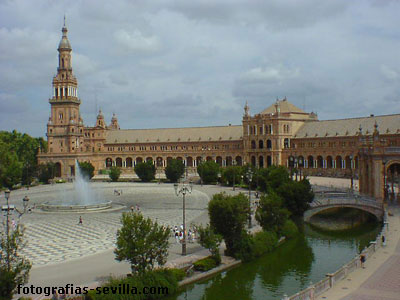
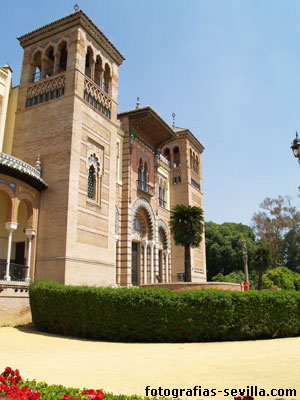
The Exhibition meant a urban renovation still visible wich modified not only the look of the city but also shaped new areas like the Spain Square (Plaza de España), that has become one of the main referents in Seville. The area of the Exhibition occupied from lands of the Maria Luisa Park up to the other side of the Palmera Avenue. The architect Anibal Gonzalez was in charge of the site, though he quitted a few months prior to the inaguration because of the continual spending cuts in the budget, among the other reasons. Fortunately, he left us the two main squares of the Exhibition: Spain Square and America Square with the Mudejar pavilion (Museum of Popular Arts and Custom), Fine Arts Pavilion (Archaeological Museum) and the Royal pavilion. From the rest of the pavilions, only the foreign ones still remain, and we can divide them into two groups: the ones made by architechs of their own country Portugal, Argentina, Peru, Chile, Uruguay, Dominican Republic, Cuba, Mexico, Brasil and United States of America. And the ones made by Spanish Architechs Colombia, Guatemala and Venezuela (missing).

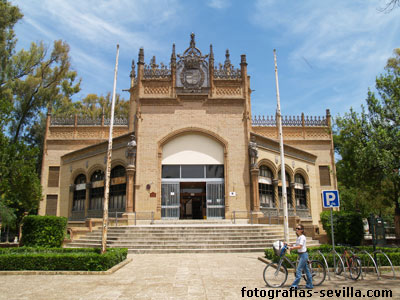
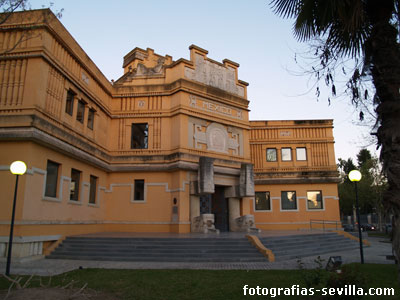
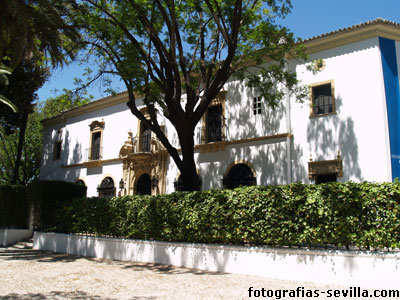
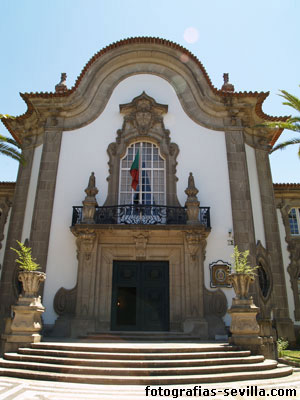
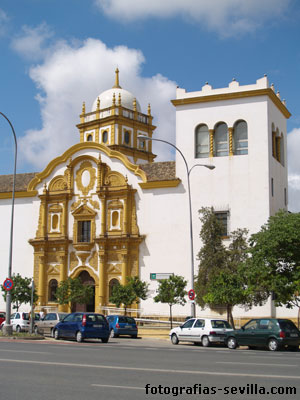

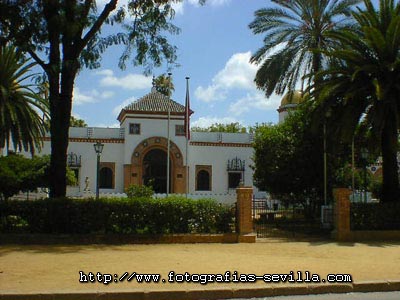
Telefonica Pavilion, Forja XXI Foundation's headquarters nowadays.